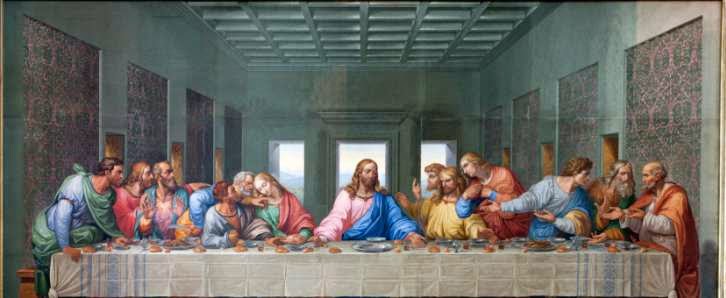Rithika’s
HideOut (RHO) is located in Palutawa, Sigiriya (The Lion City) in the
cultural triangle. It takes 04 hours to drive from Colombo, from the
Bandaranayake International Airport.
“RHO” is
situated in the Cultural Triangle area of Sri Lanka, and is an eco –
friendly small luxury hotel within the vicinity of the world’s famous
Sigiriya Rock Fortress. Surrounded by thousands of acres of jungle and
the cultivation within the Sigiriya wilderness, constructed on an edge
of an elephant corridor between Minneriya and Sigiriya National Parks.
The “Rithika’s
Hideout” Eco – Friendly Small Luxury Hotel offers you scintillating
views of the nearby picturesque small lake called “Egodawewa” and
breathtaking mountain ranges of “Duwannagala”, "Kandalama Hills",
“Pidurangala Rock” and the magnificent “Sigiriya Rock Fortress”.
The
Legend of Sigiriya involves a parricide king who built a veritable
fortress to fend off a feared invasion from his brother. Today, visitors
can view the superb irrigational system, exquisitely drawn frescoes and
‘Kurutu gee’, the poetry of the ancient masses.





